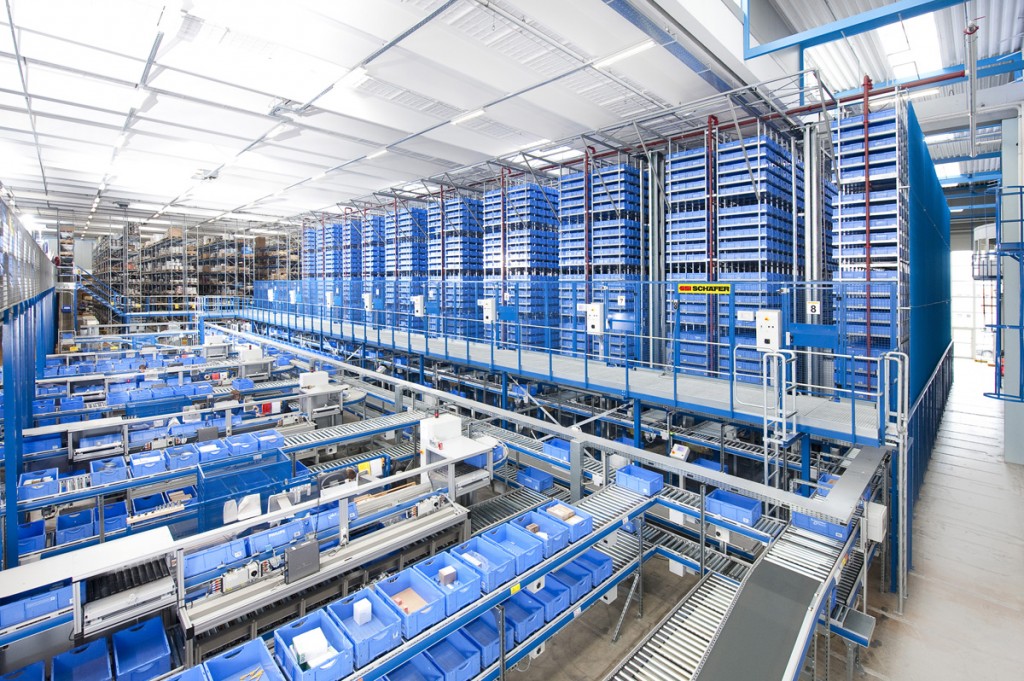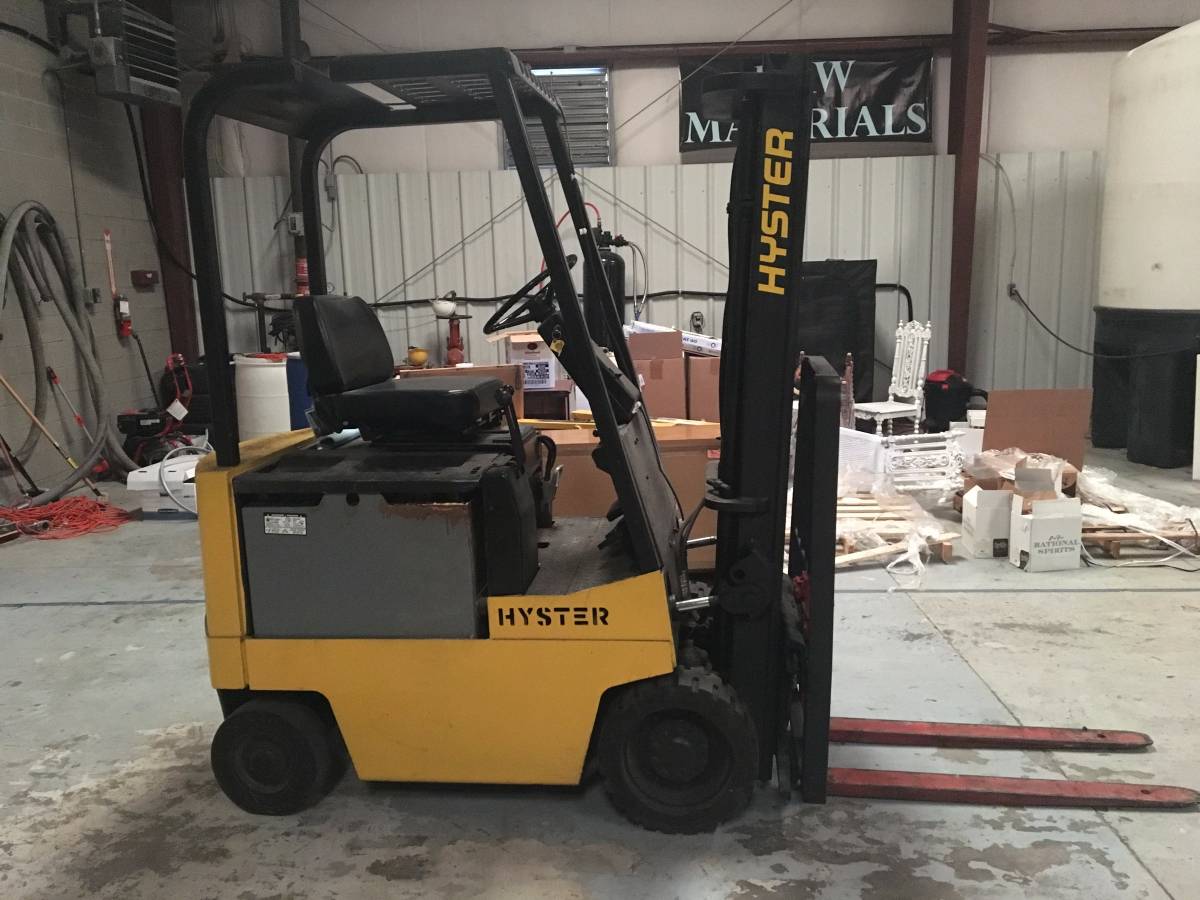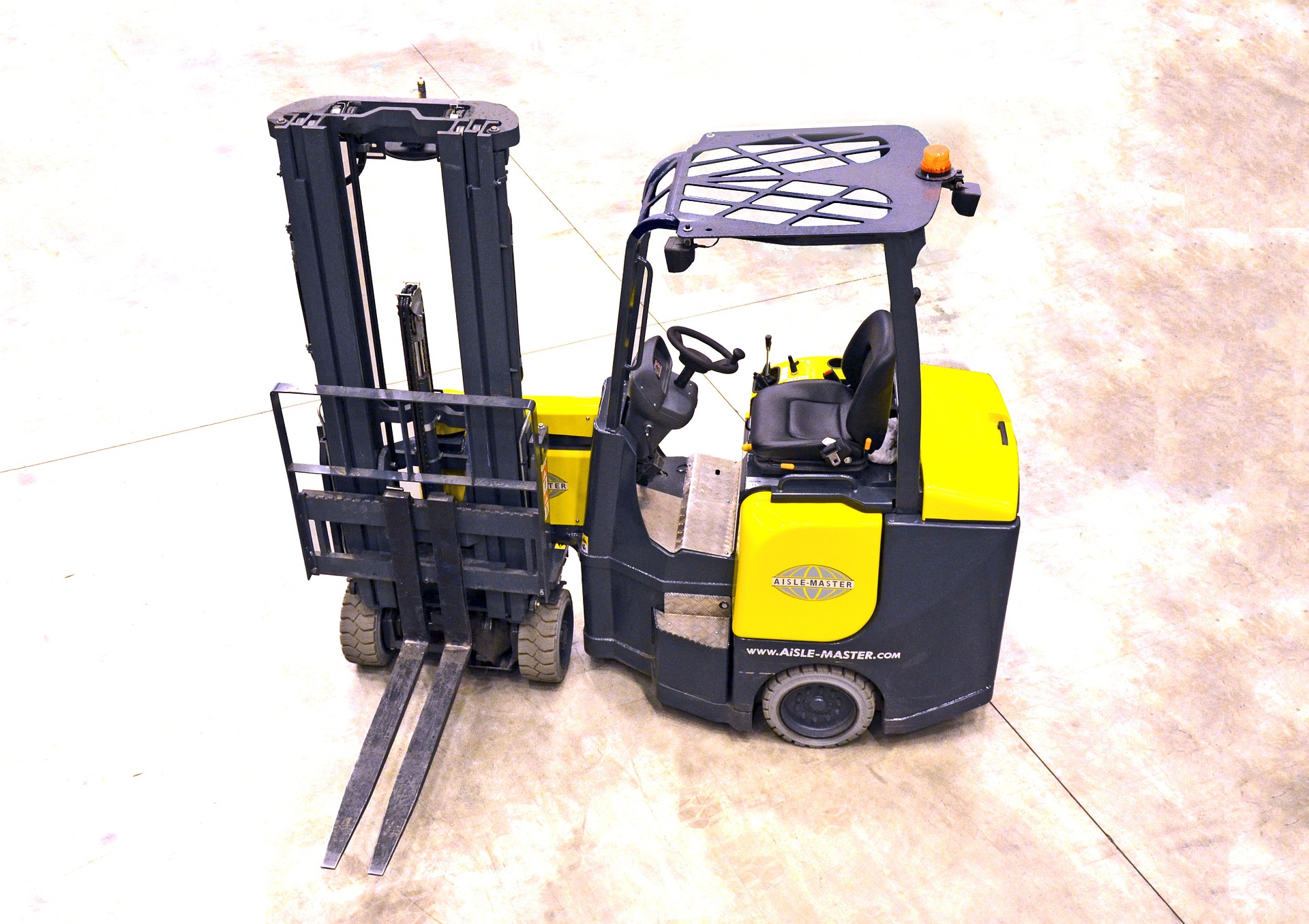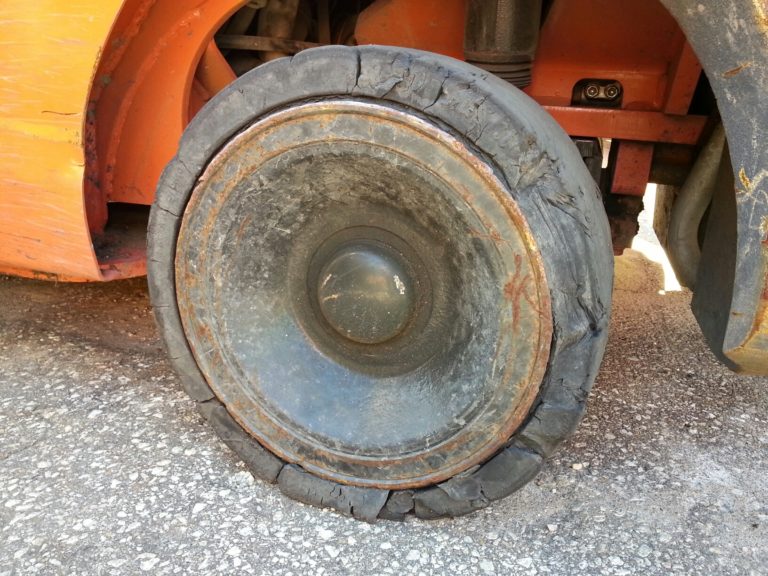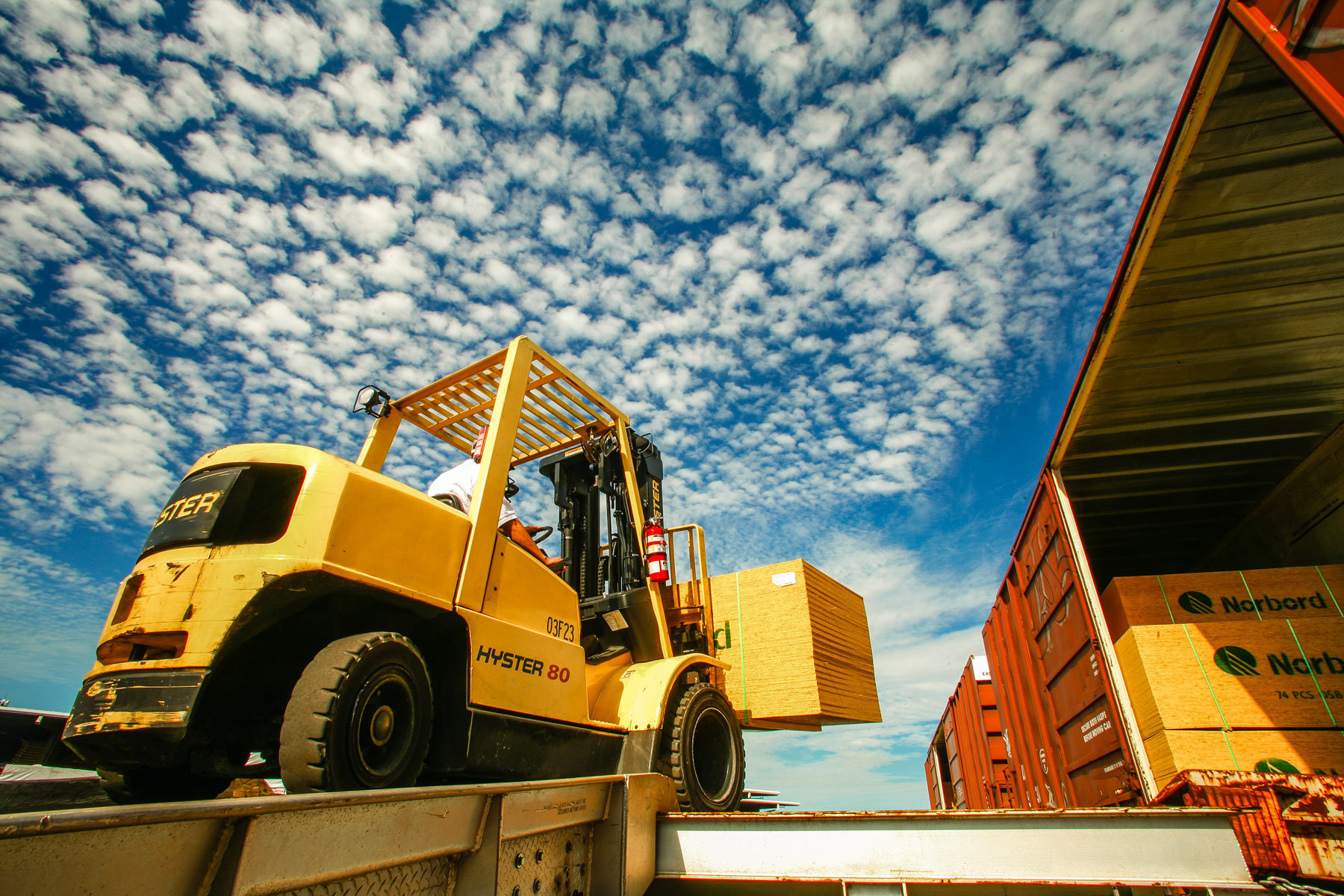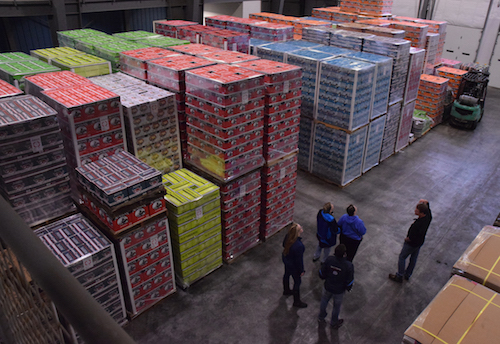It should come as no surprise that automation improves efficiency and reduces operation costs in factories and distribution centers. However, the question at the heart of the discussion is whether the machines are helpful or harmful to the economy. Many companies have already implemented automated guided vehicles (AGVs) to move pallets and cases—these machines are not new—however, now there is a rise in the use of automated (sometimes called “driverless”) models of forklifts and pallet trucks.
The increase in productivity is a big lure to moving to an automated system. Mundane activities such as retrieving empty pallets and moving full pallets to secure the product for docking frees up time for workers to pick products to package; some estimates says that time to pick product raises to as much as 80 percent. In addition, when using semi-automated trucks, operators no longer have to spend time searching for pick and putaway locations as their product is already in front of them, at the location it needs to be.
The use of an automated forklift does not necessarily lead to the loss of human jobs. The function of some automated lift trucks is to move alongside workers picking product in the aisles transport these products. This action can occur automatically or the used forklift may take direction from a worker. Likewise, once the lift truck receives orders (either automatically or manually from a worker) the truck either places the full pallet on a conveyor (automatically) or workers perform this task. In this situation, the company making use of an automated forklift improves their efficiency and reduces their operation costs, but also keeps some of their workforce employed. Even though the number of workers is less, due to the implementation of an automated system, there is still a need for human workers in this type of system.
Both types of systems (those with some lower skilled workers and those that are fully automated) boost productivity because they are able to reduce the amount of physical time warehouse workers have to spend looking for products, walking and driving, and getting into and out of vehicles.
With machines taking over the lower skilled jobs in the workforce, what happens to the employees who once held these low skill jobs? The answer is that with automation comes some displacement amongst workers. If companies go to full automation for their warehouse (or distribution center), for the most part, there will be no need for workers to pull products to package. However, there will still be a need for mechanics to service the equipment that will need maintenance when/if they break down.
So, does this mean that a full automation in a warehouse or distribution center is harmful to the U.S. economy? Yes and no. Full automation is harmful to workers themselves because with automation comes a decrease in the need for human workers. For forklift operators and order pickers currently employed, automatic forklifts taking away available jobs is detrimental to their livelihoods. However, automation is helpful to the economy because it allows for optimization in production and efficiency—which will raise a company’s profits. Higher profits for a company points to a thriving business; thus, driving the economy. Share your thoughts on automated forklifts and automated warehouse systems in the comments or on Google+.
